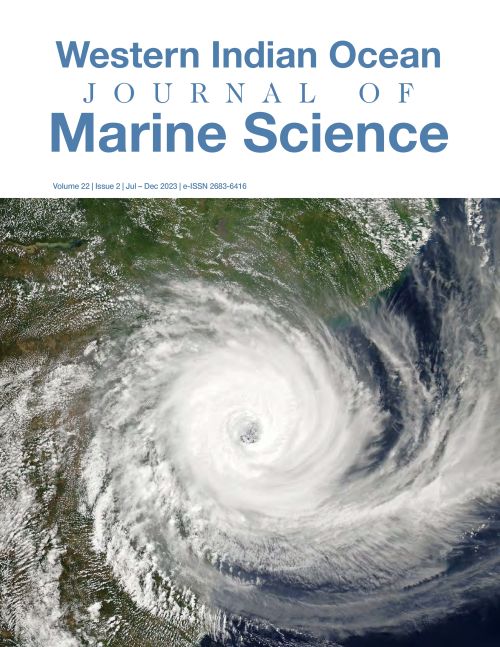Main Article Content
River discharge, fishing effort and catch composition of prawn fisheries in coastal Tanzania
Abstract
This study examined the relationships between river discharge, fishing effort and catch composition of prawn fisheries in coastal Tanzania. Key assumptions were that river discharge would be a good indicator of rainfall and that the number of fishing vessels would reflect fishing intensity. We investigated whether reduced river discharge or increased fishing effort caused the collapse of the industrial prawn fishery in 2007, and which of these factors delayed recovery prior to reopening the fishery in 2017. The analysis showed a positive relationship between Catch Per Unit Effort (CPUE) and river discharge, with decreased river flow resulting in reduced prawn catches. The number of fishing vessels had little impact on CPUE before 2003, but thereafter CPUE declined even when fishing effort was reduced by 50%. A shift in trawl catches from a prawn-dominated fishery to a fish-dominated fishery was observed four years before the collapse. The trend in river discharge persisted below average (22 m³/s) between 2000 and 2007. Forewarning of low river discharge, changing trawl catch composition, and increasing effort may have led to developing proactive strategies to minimise the impact of a changing regime on fish stocks and dependent communities. We recommend establishing a monitoring system to anticipate similar events in the future.







